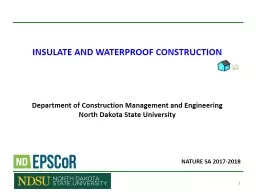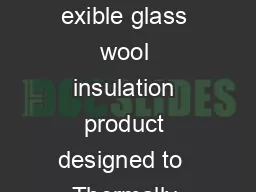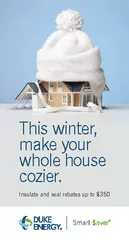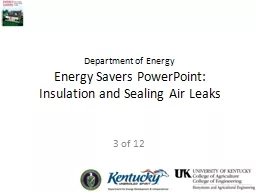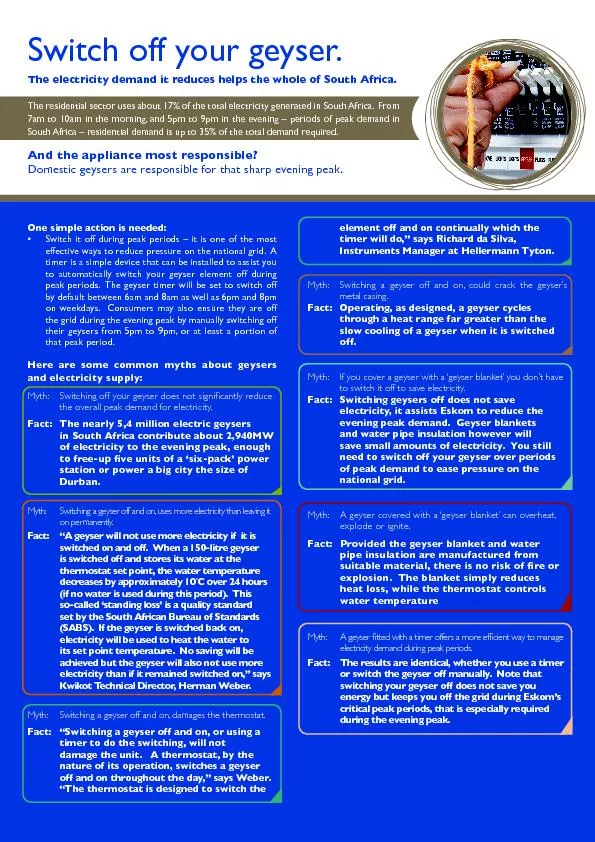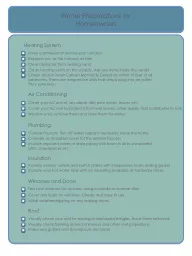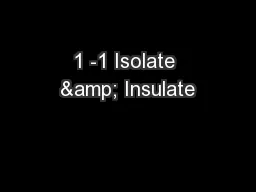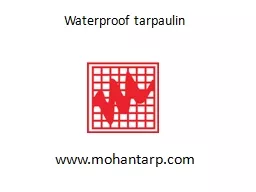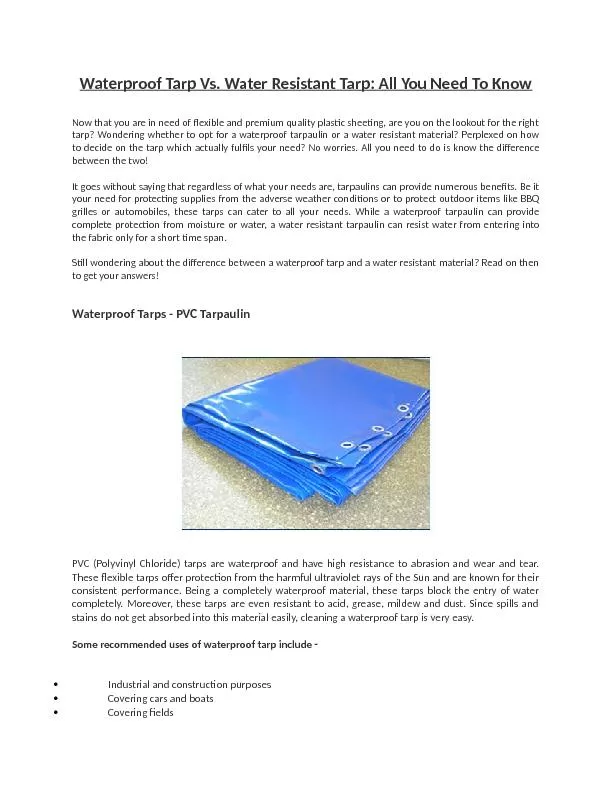PPT-1 INSULATE AND WATERPROOF
Author : karlyn-bohler | Published Date : 2018-10-14
CONSTRUCTION Department of Construction Management and Engineering North Dakota State University NATURE SA 20172018 2 Outline Introduction Activity I Building
Presentation Embed Code
Download Presentation
Download Presentation The PPT/PDF document "1 INSULATE AND WATERPROOF" is the property of its rightful owner. Permission is granted to download and print the materials on this website for personal, non-commercial use only, and to display it on your personal computer provided you do not modify the materials and that you retain all copyright notices contained in the materials. By downloading content from our website, you accept the terms of this agreement.
1 INSULATE AND WATERPROOF: Transcript
Download Rules Of Document
"1 INSULATE AND WATERPROOF"The content belongs to its owner. You may download and print it for personal use, without modification, and keep all copyright notices. By downloading, you agree to these terms.
Related Documents

